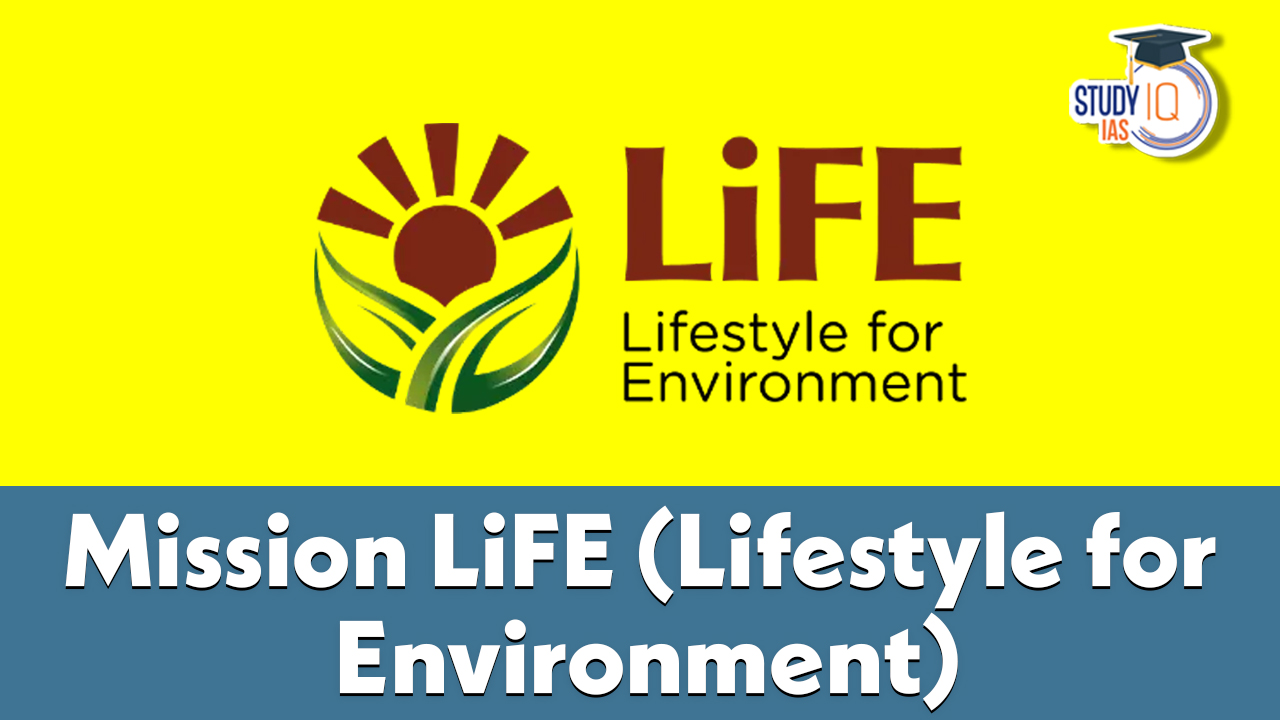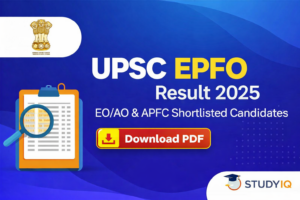Table of Contents
Context: India is hosting a special exhibition at the UN headquarters in New York focused on ‘Mission LiFE’ (Lifestyle for Environment).
About Mission LiFE (Lifestyle for Environment)
| About |
|
| Launch |
|
| objective |
|
| implementation |
|
| Mission Duration |
|
Need for Mission LiFE to the World
Action Plan of the Mission LiFE (Lifestyle for Environment)
- In the view of being launched in the 75th year of India’s independence, the Mission unveiled a list of 75 lifestyle practices that can promote climate-friendly behavior.
- These lifestyle practices are listed under 7 categories (refer image), these actions are:
- Specific and measurable
- Easy to practice by individuals, communities and institutions, with minimal supply-side dependencies.
- Non-disruptive to ongoing economic activity, and, in fact, promoting economic activity in the foreseeable future.
The impact and potential benefits of LiFE actions
- Helping to change individual and community behavior, it will have a significant impact on the environmental and climate crises. E.g.
- Circular economy can generate around ₹14 lakh crore of additional cost savings by 2030;
- Installing water-efficient fixtures (taps and showers) can reduce water consumption by 30-40%; and other benefits as highlighted in image.
- Mission LiFE and SDGs:
- The SDGs focused on sustainable cities and communities (SDG 11), responsible production and consumption (SDG 12), climate change (SDG 13), life on land (SDG 15), and life under water (SDG 14) emphasize that all individuals ensure that their lifestyles are in sync with the resources available on the planet.
- Further, research from the New Climate Economy highlights that bold environmental action could create as many as 65 million jobs by 2030 (SDG 8: Decent Work and Economic Growth).
- Given the global commitment to achieving the SDGs by 2030, it is important to note that Mission LiFE contributes directly and indirectly to almost all the SDGs.
- The impact of LiFE actions can be significant, as demonstrated below with select examples:
Conclusion
- Mission LiFE encompasses every lifestyle related to the conservation of nature adopted by our ancestors and makes it part of today’s lifestyle.
- It will help in connecting people power with global efforts to fight against the climate change democratically by emboldening the spirit of the P3 model, i.e., Pro Planet People, as it is premised on the basic principles of ‘Lifestyle of the planet, for the planet and by the planet’.


 UPSC EPFO Result 2025 Out: EO/AO and APF...
UPSC EPFO Result 2025 Out: EO/AO and APF...
 TNPSC Group 2 Main Exam List 2025 Releas...
TNPSC Group 2 Main Exam List 2025 Releas...
 TNPSC Group 2 Result 2025 Out: Check Mar...
TNPSC Group 2 Result 2025 Out: Check Mar...

























